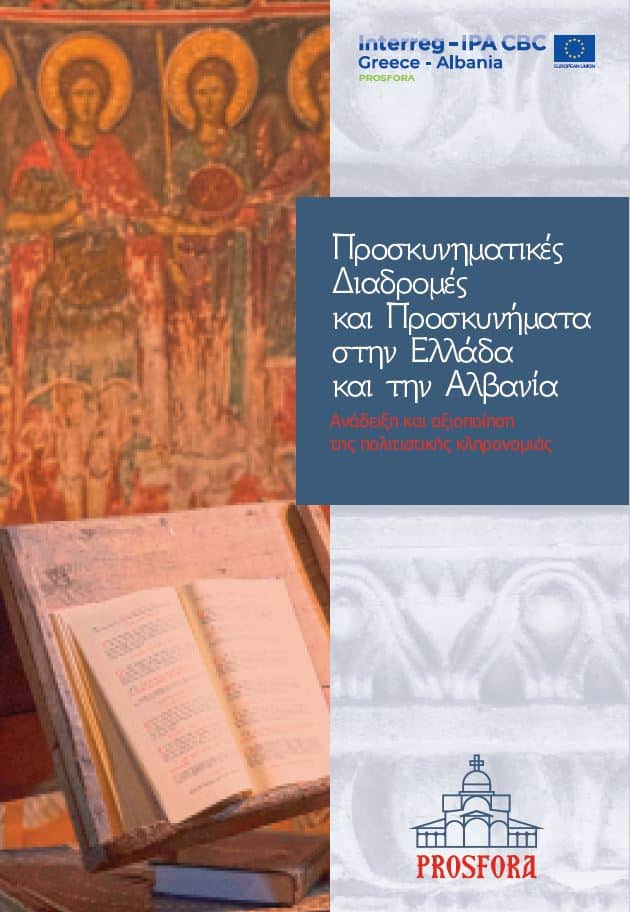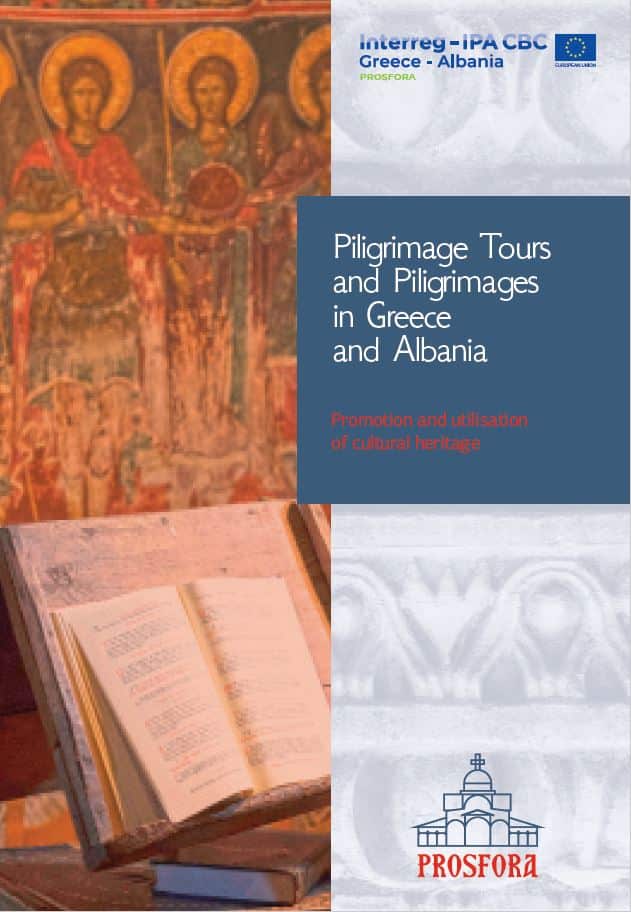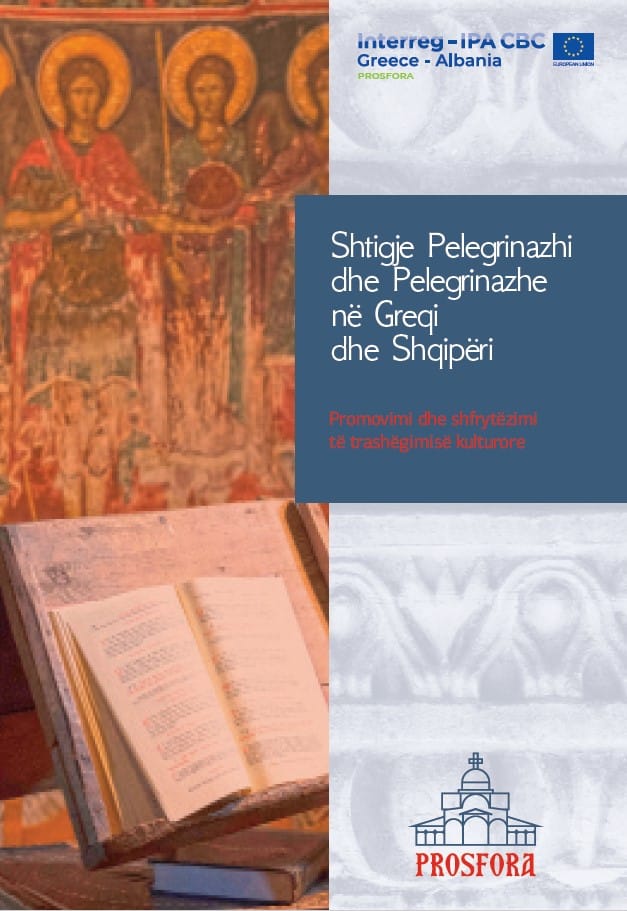HISTORY
The town of Korçë is the most densely populated urban center in Southeastern Albania. It is located at the foot of the Morava Mountain at an altitude of about 850 m above sea level and extends to the edge of the valley of the same name, which is one of the richest and most important in present-day southern Albania.
Τhe first historical reports about the settlement of the area of Korçë begin from the Byzantine years. According to written sources, Korçë is mentioned as a city related to the Muzakajt feudal family (13th-15th century), who were based in Berati, in the plain of Myzeqeja. With the Ottoman conquest, the provinces of Korçë, Kolonjës and Përmet became a separate administrative unit with Korçë as its capital. According to the first census of the Ottoman administration of 1431-1432, Korçë appears as a residential castle with twenty-six houses, all Christian, and its own market.
During the period before the 11th century and until 1030, the region of Korçë belonged, ecclesiastically, as it appears from the golden bull of Basil II, to the metropolis of Kastoria, which, in turn, belonged to the ecclesiastical jurisdiction of the Archdiocese of Ohrid. The exact date of the establishment of the metropolis of Korçë is not historically confirmed, but we know that the first mention, under the title “Korça and Selasphorus”, was made after the year 1557.
The Christian Orthodox element made up 2/3 of the urban population and had organized the Orthodox Community, which had the Demogerontia, which consisted of ten members, based in the Metropolis of the city. The spiritual life was centered on the spiritual institutions of the city, the most important of which was the old metropolitan church of Zoodochos Pigi (Life-giving Spring), which was located within the area of the community schools and the metropolitan building.
During the communist period, the church of Zoodochos Pigi was turned into a museum, as previously its upper part, the dome and the bell towers were demolished. All the icons and ecclesiastical objects that were saved after the demolition of the churches in Southern Albania were collected there. After the collapse of the communist regime, the large ground floor room of the museum was adapted, to function from 1992 as a church again, covering the religious needs of Orthodox Christians.
Subsequently, at the request of the Orthodox of Korçë, efforts began to find a suitable plot of land for the construction of a new metropolitan church. After many adventures and difficulties, thanks to the dynamic persistence of the orthodox of Korçë, a large plot of land was granted by the state authorities, in the center of the city.
On August 2, 1994, Archbishop Anastasios laid the foundation stone for the construction of the new metropolitan church, dedicated to the Resurrection of Christ. The temple would fill the huge gap created by the demolition of many temples in this city, which stands out for its Orthodox tradition. The plans of the metropolitan church were prepared by the architect Dimitrios Christidis from Thessaloniki, and the construction was carried out with funds provided by Archbishop Anastasios. In those difficult times, Archbishop Anastasios would characteristically state: “When they throw us stones, we use the stones to build.”
The new metropolitan church is cruciform, with four apses, with a dome in the center, with a circular peristyle on three sides and two bell towers. It has a gallery (gynaeconite) in almost all its internal development. The temple is externally lined with stone and decorative ceramic elements. In the catacomb-basement, with an area that reaches 960 sq.m., there is a temple, a baptistery, a meeting room, etc. The temple is adorned with an artistic wood-carved iconostasis. With the contribution of Christians, the frescoes of the temple have almost been completed. This impressive project was inaugurated by Archbishop Anastasios on August 7, 1996, with the participation of the Eminence Metropolitans Mr. Ignatius of Berat, Mr. Ioannou of Korçë and Mr. Theoklitou of Florina.













